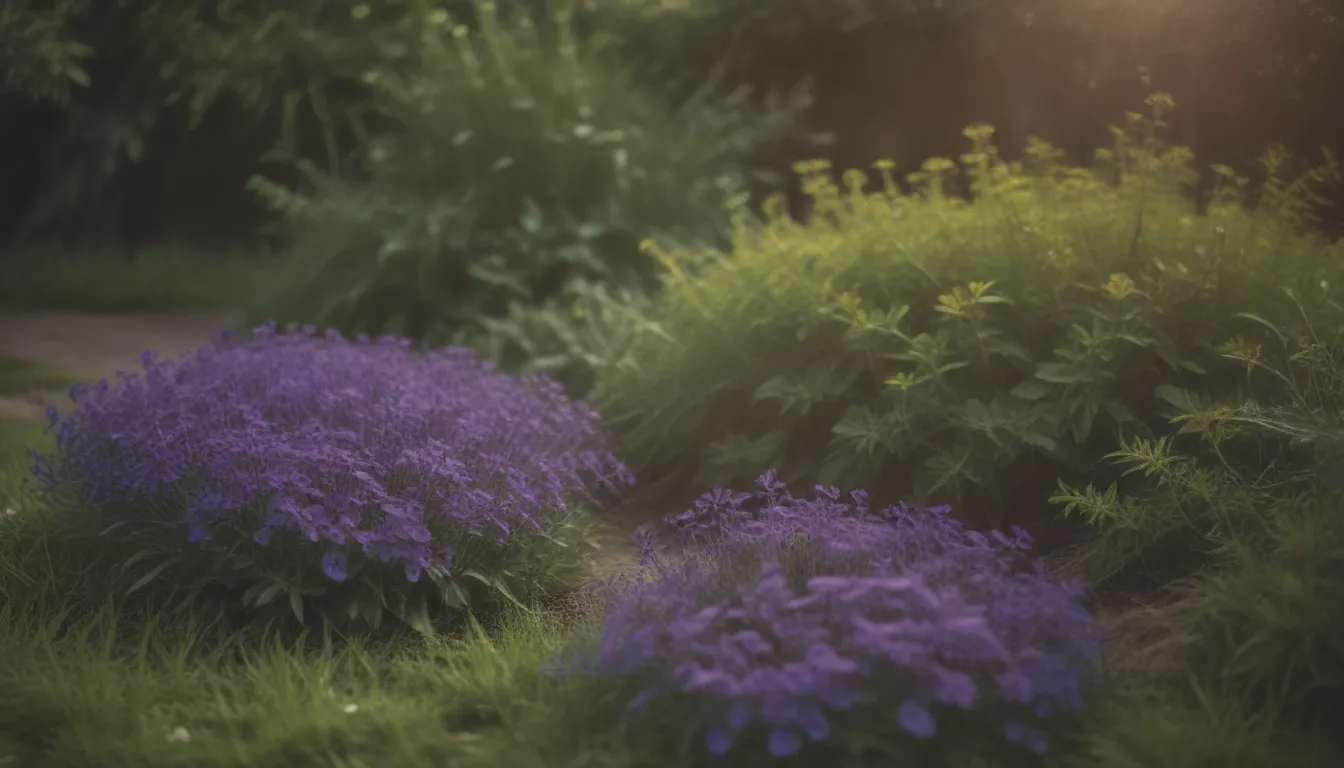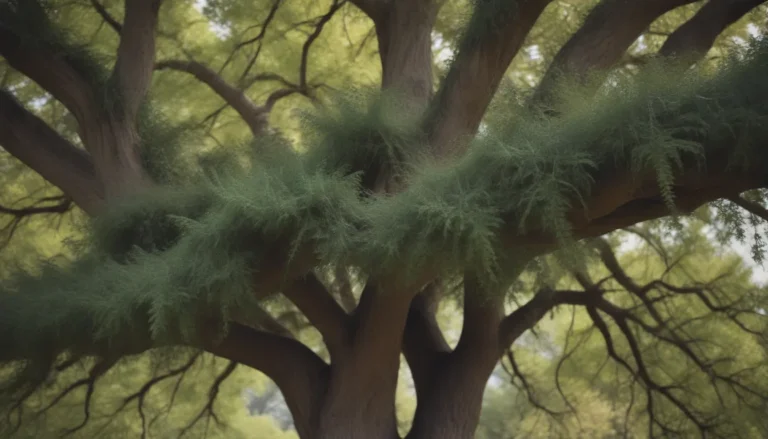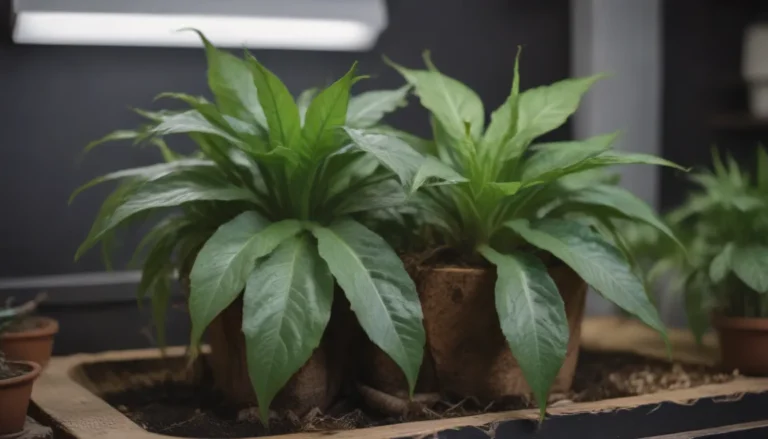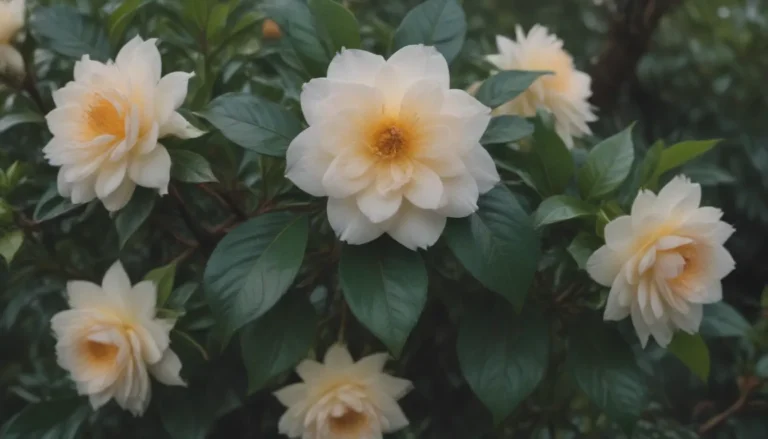How to Grow and Care for Aubrieta: A Guide for a Beautiful and Easy-to-Maintain Ground Cover

Are you looking for a cheerful ground cover to brighten up your garden? Aubrieta might just be the perfect plant for you! This beautiful plant is a great candidate for edging your pathways, tucking into stone walls, or filling in bare areas in your garden. In this comprehensive guide, we will explore everything you need to know about growing and caring for Aubrieta to ensure that it thrives in your garden.
Why Choose Aubrieta?
Aubrieta, also known as “Purple Rock Cress,” is a fantastic addition to any garden for several reasons:
- Profuse flowers: Aubrieta produces an abundance of colorful flowers that will brighten up any space.
- Low maintenance: As a member of the mustard family, Aubrieta is a tough plant that requires minimal care.
- Deer-resistant: Aubrieta is rarely bothered by deer, making it a great choice for gardens in areas with wildlife.
- Drought-tolerant: Once established, Aubrieta has good drought-tolerance, making it a resilient addition to your garden.
Aubrieta Care Tips
To ensure that your Aubrieta thrives, follow these care tips:
Light
Aubrieta plants thrive in full sun, but they can also grow in part shade. For the best results, plant your Aubrieta in a spot where they will receive at least a half-day of sun. Plants that are grown in too much shade may become leggy and have sparse flowers.
Soil
Aubrieta plants prefer lean, rocky, alkaline soil with a pH between 6.5 and 7.5, similar to the soil found in their native alpine habitats in southwestern Europe. If your soil is too acidic, you can increase the pH by adding lime.
Water
While Aubrieta plants need a moderate amount of water, they do not like to have wet feet. Make sure to water your plants consistently, allowing the soil to dry out between waterings.
Temperature and Humidity
Aubrieta plants grow best in areas with cool summers that mimic their alpine climate. They can tolerate periods of high humidity, making them suitable for regions with damp climates like Great Britain or Washington state.
Fertilizer
Aubrieta plants grow well in lean soil and do not require additional fertilizers to bloom beautifully. You can occasionally water them with compost tea to provide some nutrients.
Types of Aubrieta
There are several popular varieties of Aubrieta available in the nursery trade, including:
- *Aubrieta x cultorum ‘Rokey’s Purple’
- *Aubrieta x cultorum ‘Doctor Mules Variegated’
- *Aubrieta gracilis alba ‘Snowdrift’
Pruning and Propagating Aubrieta
To keep your Aubrieta looking its best, trim back any scraggly growth in midsummer after the flowers have faded. You can also propagate Aubrieta by dividing the plants in early fall or growing them from seed.
How to Grow Aubrieta from Seed
If you have trouble finding Aubrieta plants at nurseries, consider growing them from seed. Keep in mind that seeds collected from hybrid plants may not produce true-to-type plants, so it is best to start with seeds from a reputable seed company.
Potting and Overwintering Tips
Aubrieta can be grown in containers as a trailing plant, providing a beautiful accent to your container garden. Make sure to use a lightweight, well-draining potting mix when potting up your Aubrieta plants. If you live in a climate with heavy freezes, protect the roots of container-grown plants by insulating the pots during the winter.
Common Plant Diseases and Bloom Issues
Aubrieta plants may experience issues like powdery mildew in damp, shady areas. To prevent this fungal disease, ensure that your plants have enough light and good air circulation. Additionally, lack of blooming or sparse blooms may be due to a lack of sunlight. Aubrieta thrives in full sun and will produce the best blooms in these conditions.
Aubrieta in the Garden
Aubrieta makes a perfect addition to garden walls, rock gardens, and hillsides, providing erosion control and adding a pop of color. Its compact growth habit and deep root system make it an ideal choice for landscaping features where space is limited. While Aubrieta and creeping phlox may appear similar, they have distinct differences in heat and drought tolerance, making them suitable for different garden environments.
In conclusion, Aubrieta is a versatile and beautiful plant that can enhance any garden with its vibrant blooms and low-maintenance nature. By following these care tips and guidelines, you can ensure that your Aubrieta thrives and brings beauty to your outdoor space. Whether you’re a seasoned gardener or a beginner, growing Aubrieta is a rewarding experience that will add color and interest to your garden for years to come.
Remember, with the right care and attention, Aubrieta will reward you with a stunning display of flowers and lush foliage, making it a valuable addition to your garden landscape.
References:
- Saharan, G. S., et al. Downy Mildew Disease of Crucifers: Biology, Ecology and Disease Management. Springer, 2017.
- Cox, Jeff. Perennial All Stars: the 150 Best Perennials for Great-Looking, Trouble-Free Gardens. Rodale Press, 2002.





